
When you scroll through your favorite shopping website and catch the sight of a recommended product displayed harmoniously among others, do you ask what it is? Why does it look so matching with the rest of the website’s content but redirect you to another website when clicked on?
Our answer is that you’re seeing an advertising piece which is called native ad, a result of native advertising.
It is projected that by 2031, the global native advertising market will reach $307 billion, with an annual growth rate of 14.24%. This substantial surge underlines the transformative impact of native ads on the programmatic advertising landscape, presenting publishers with an exciting opportunity to explore.
In this latest blog, we will take deep dives on native ads definition, formats of native ads to uncover why they are gaining so much popularity, and a lot more.
To conclude the blog, we will also share some suggestions on popular native ad networks worth your attention and how you can choose your best partner for increased ad revenue.
What are Native Ads?
As the name suggests, native ads are advertisements designed to feel and appear like the editorial content on the website. They are formatted to match the platforms’ content, making them feel more natural and less annoying.
If you pay attention, you often see native ads displaying natural content labeled “suggested” or “promoted”.
To publishers, native ads help reduce banner blindness and increase user engagement by creating a seamless reading experience.
To advertisers, native ads help deliver ad campaigns more effectively by creating ad creatives that resonate with their target audience and drive better results.
Formats of Native Ads
With the unceasing development of programmatic advertising in recent years, publishers and advertisers have witnessed the continuous transformation of native ads with a variety of ad formats. Here are the five core formats of native ads that are worth your attention in 2024.
In-Feed Ads
These ads blend in with the content feed on a website or app, appearing as if they are regular posts or articles. You can come across in-feed ads on social media platforms like Facebook or Instagram.
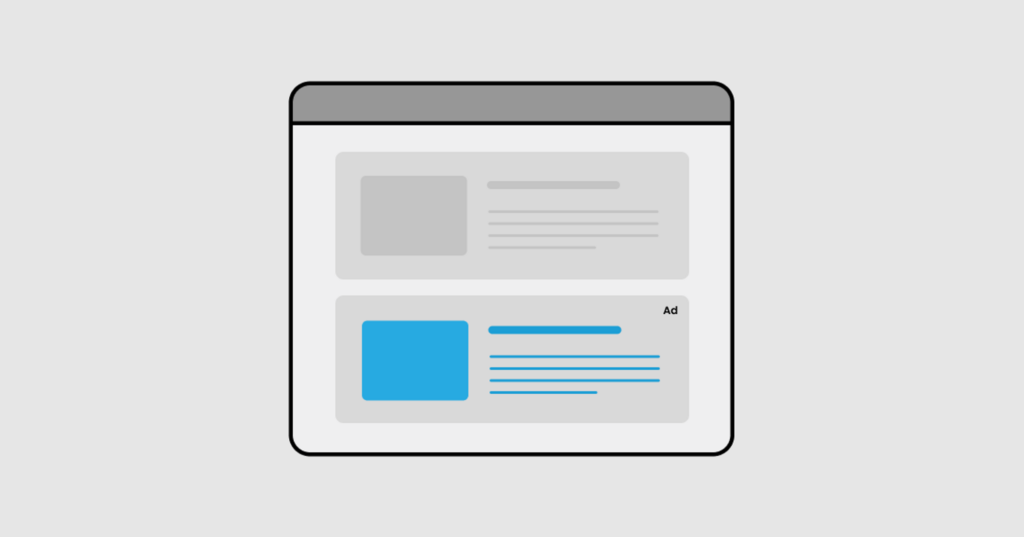
Search Ads
Search ads look like regular search results with “sponsored” text. They usually appear at the top of search engine results, such as on Google.
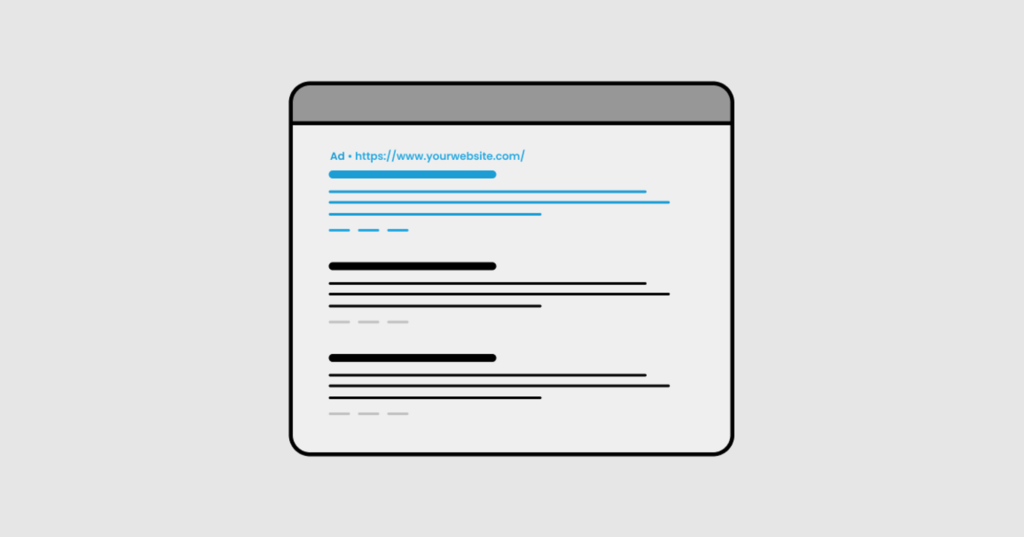
Recommendation Widgets
When entering a webpage, you will see suggestions or recommendations for relevant content or products. If clicking the widget directs you to another website, it’s an ad. These ads can usually be seen at the bottom of the blog/article or on the sidebar.

Promoted Listings
These ads often come into view on e-commerce websites. When you search for a specific product, promoted listings merge seamlessly with organic listings, promoting the exact or similar product you’re looking for.
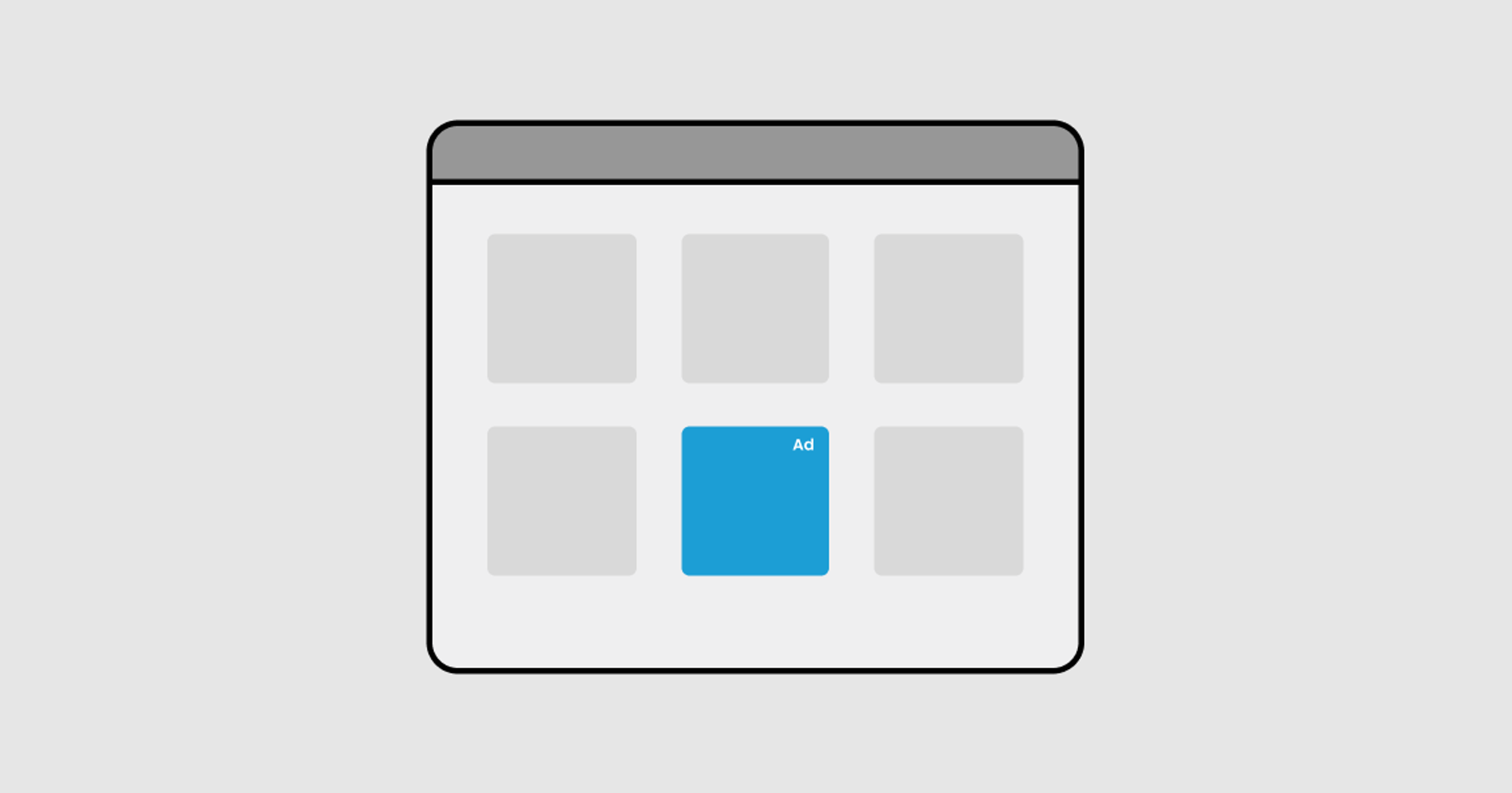
In-Ad with Native Element Units
These are traditional display ads placed outside editorial content. In-ad native ads incorporate native elements, like headlines and images, to match the surrounding editorial style. They occur within the display inventory of a given page, so advertisers can use them when there is a shortage of native inventory.
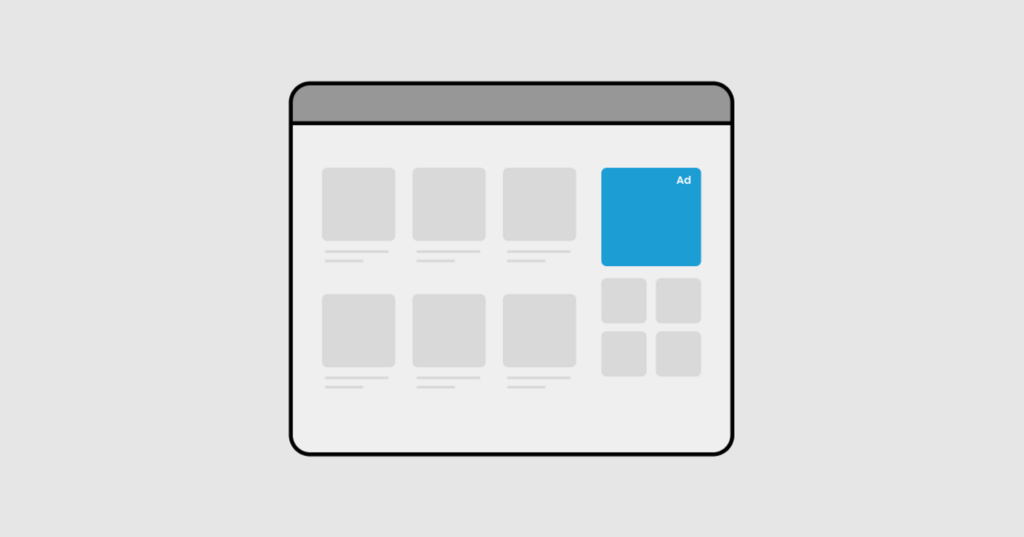
Now that you have an overview of native ads, let’s take a further step to see how they differ from display ads.
Differences Between Native Ads and Display Ads
The common thing that we can see in these two ad types is image appearing in advertisements. However, each type possesses individual characteristics, benefits, and uses.
As a publisher, it’s essential to know the distinctions between native ads and display ads in order to come up with strategies that will bring success in advertising.
We summarize all aspects of comparison in the table below for your clarification. Let’s check.
| Aspect | Native Ads | Display Ads |
|---|---|---|
| Integration with Content | Designed to look and feel like the surrounding content, ensuring a natural blend. | Display separately from content, usually placed in fixed positions like banners or sidebars. |
| User Experience | Non-intrusive experience | often viewed as more intrusive. |
| Relevance | Highly relevant to the context | May not always match the surrounding content |
| Targeting ability | Reach specific audience | Broad reach |
| Engagement and Performance | Tend to have a higher click-through rates (CTRs) and user engagement due to its non-disruptive nature. | Often see lower CTRs and user engagement due to “banner blindness” phenomenon |
| Ad Blocker Resistance | Less prone to being blocked by ad-blocking software, ensuring better visibility. | More likely to be filtered out by ad blockers, reducing reach and effectiveness. |
Why Native Ads Matter for Publishers?
Since native ads align with the content of the platform they show on, they can be used to provide the information and answers that your audience might be seeking. But that’s not the only thing. Publishers might consider it a good choice for their monetization strategy because of the following benefits.
Better User Experience
The smooth appearance of native ads along with the content that users are consuming makes them evidently less disruptive and more engaging. For example, large display ads do not pop up distracting the users’ reading experience hence enhancing their overall browsing experience and increasing loyalty among audiences.
Higher Engagement Rates
Due to seamless integration and contextual relevance, native ads have higher click-through rates and engagements compared to traditional ads. Consequently, publishers can attract more premium advertisements, ultimately increasing ad revenues.
Ad Blocker Resistance
Native ads do not look like actual advertisements, that’s why their design and implementation significantly reduce the possibility of being blocked than display ads. This advantage makes native ads appealing for publishers seeking to maintain ad visibility in an increasingly ad-blocked digital environment.
However, ad blockers can still impede native ads if they’re not properly integrated.
Reduced Banner blindness
Banner blindness refers to the phenomenon when users intentionally or unconsciously ignore banner-like advertisements on websites. By resonating with website content, this type has a greater chance of being considered because it fits well within the context provided. This makes native ads become a more effective advertising solution for both publishers and advertisers.
How to Choose Your Best Native Ad Networks
For publishers, selecting the most suitable native ad network requires careful consideration to ensure it serves your specific needs and maximizes your revenue potential. Here’s a comprehensive guide to help you make the right choice:
Define Your Objectives
Before selecting a native ad network, clearly define your goals to ensure the network align with your objectives. Whether you aim to maximize ad revenue, improve user engagement, or enhance content monetization, understanding your goals will help you choose a network that meets these needs.
It is important to make sure that the network is able to effectively target your audience and complements your content while fitting into your overall monetization strategy.
Evaluate Ease of Setup
The ease of integration is a critical factor when choosing a native ad network. Think of choosing an ad network with a straightforward and user-friendly setup process without interrupting existing technology stacks. The quality of technical support provided by such networks should also be evaluated because it has a direct impact on how smoothly it would integrate as well as dealing with issues that may arise.
Understand Pricing Models
Being aware of the pricing models of different native ad networks is crucial for managing your budget and maximizing ad revenue. The familiar pricing models that most publishers acknowledge include cost-per-click (CPC), cost-per-thousand impressions (CPM), or cost-per-action (CPA). Check if these models align with your financial goals and revenue expectations. Moreover, being conscious about the commission structure and transparency is equally important. These acknowledgements is to avoid unexpected costs and clearly understand the way you will be billed.
Assess Ad Quality
The advertisements that do not meet the industry’s standards served by the ad network can considerably affect the user experience as well as the reputation of your site. Always assess the ad quality standards of each network to ensure that they do not fall below your expectations and are appropriate for your target audience. Additionally, it is essential to choose a network which has stringent measures against fraudulent practices. Poor-quality ads or fraudulent content may hurt your site’s image hence affecting user’s trust.
Examine Flexibility and Scalability
Last but not least, flexibility and scalability are vital factors in choosing a native ad network, especially if you anticipate any growth or changes in your publishing needs. Determine if the network has different types of ads adaptable to your content and monetization strategy. Besides, ensure the network can scale with your growth, well handling increasing traffic and evolving requirements. Securing these criteria can give you a better chance of succeeding in your business.
Top 5 Native Ad Networks
Here are the top 5 native ad networks you can trust.
Outbrain
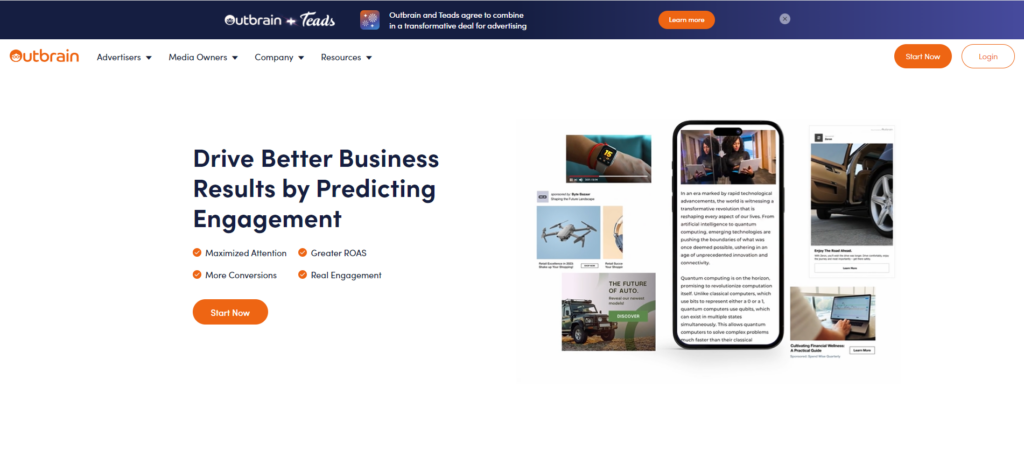
First thing first, Outbrain is a premier native ad network worth mentioning here. The platform offers various ad formats to publishers, fulfilling their demand for a desired advertisement format blending naturally with their content. Outbrain employs Smartlogic technology that utilizes AI power and machine learning to optimize ad placement and improve user engagement. There’s no doubt why Outbrain is trusted by leading publishers like CNN, MSN, and Sky News. Although the platform primarily serves large publishers, smaller publishers can leverage their features and advanced technology through official Outbrain partners.
- Features: Personalized recommendations, responsive ad units, and flexible integration.
- Pros: Premium publishers, high-quality ads, and global reach.
- Cons: Can have stringent content guidelines.
Taboola
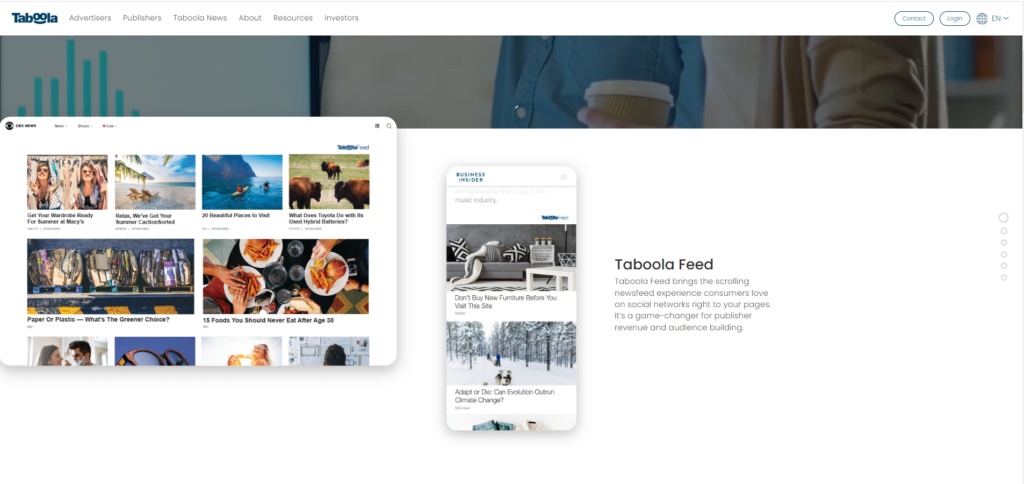
Next, find out more how you can maximize your ad revenue with top-tier native ad network, Taboola. Taboola increases publisher earnings through scrolling newsfeed-like native ads. The network works with media giants like NBC and USA Today in key solutions such as native ads, editorial insights, and sponsored video content. To access the services of Taboola, publishers need to enter into an exclusive agreement, which guarantees them proper assistance as well as optimized ad performance.
- Features: Personalized content recommendations, real-time analytics, A/B testing, native video ads.
- Pros: Wide reach, high-quality advertisers, robust analytics.
- Cons: Some publishers report lower CPCs compared to other networks.
MGID

Being in the industry for more than 15 years, MGID has intimate collaboration with premium publishers all over the world such as Opera, Bank of America, or Dominoes. The network has an extensive global reach, with the largest audiences being from US, India, and Vietnam. Besides delivering personalized ads with advanced algorithms and real-time analytics, MGID enables you to take total control of how your audience interacts with your content. Therefore, you don’t need to struggle with retaining your users.
- Features: Native and display ads, retargeting, real-time bidding.
- Pros: Global reach, flexible ad units, competitive payouts.
- Cons: Some publishers report lower-quality ads.
RevContent

As a publisher who promotes quality, you’ll be greatly benefitted joining the Revcontent journey.
RevContent offers customizable native ad styles through diverse widget templates and a strong focus on content orientation. Teaming up with big publishers such as Salon and Barstool Sports, the platform employs advanced algorithms to modify ads to resonate with user preferences. Although RevContent is not approachable to every publishers, joining this ad network definitely bring you best results with potentially the highest eCPM you’ve ever had.
- Features: Native ads, widgets, API integration, customizable widgets.
- Pros: High engagement rates, strong performance metrics.
- Cons: May require higher traffic thresholds for approval.
Sharethrough
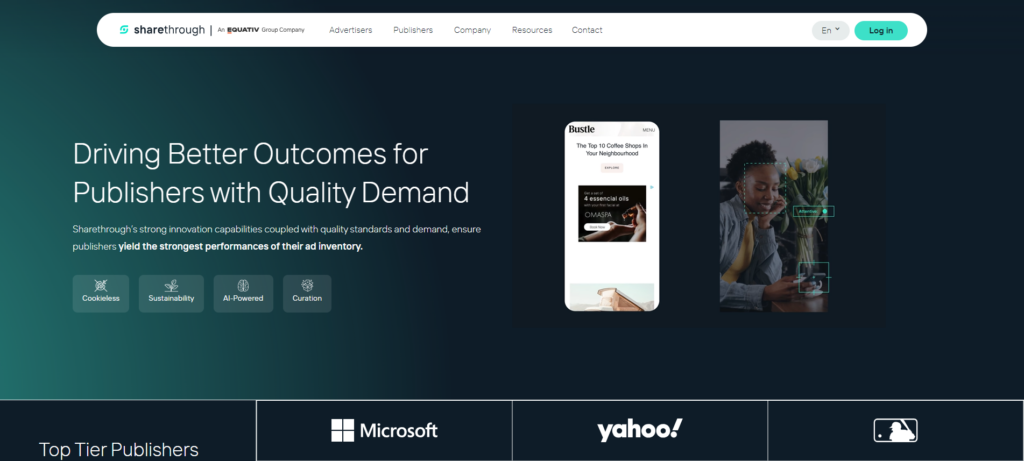
Sharethrough has established itself as one of the world’s top-ranking networks for native advertising across diverse formats and channels.
Publishers can benefit from their extensive audience reach and improved monetization prospects. Additionally, this platform applies cutting-edge technologies and data-driven insights to assist publishers in maximizing earning while at the same time maintaining good user experience.
- Features: In-feed ads, native video, programmatic native advertising.
- Pros: Engaging ad formats, strong mobile support, good analytics.
- Cons: Focuses more on premium publishers.
Wrapping things up
To conclude, the way native ads are harmoniously integrated with content while delivering engaging messages make it an potential advertising solution for both advertisers and publishers.
Clearly, with publishers embracing this ad type properly, native ads promise to yield impressive results.
Each publisher, with his own online content ecosystem, will take a different approach to native ads. However, it’s essential to investigate carefully and pick the best platform to achieve goals.
By using any of the top 10 native ad networks we listed above, we’re confident that you’ll be able to see an incredible surge in your monetization business.

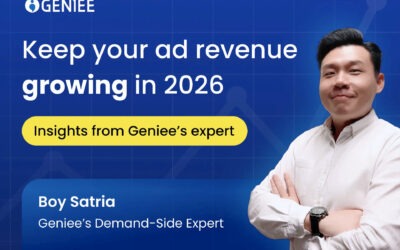
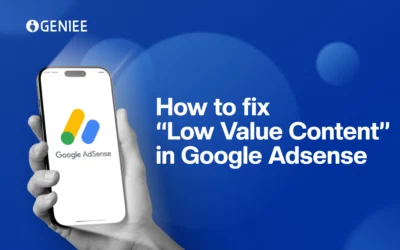
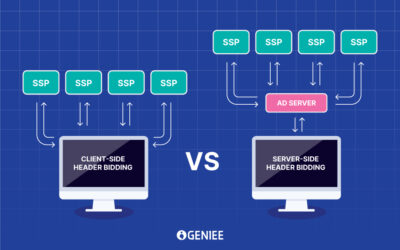
0 Comments